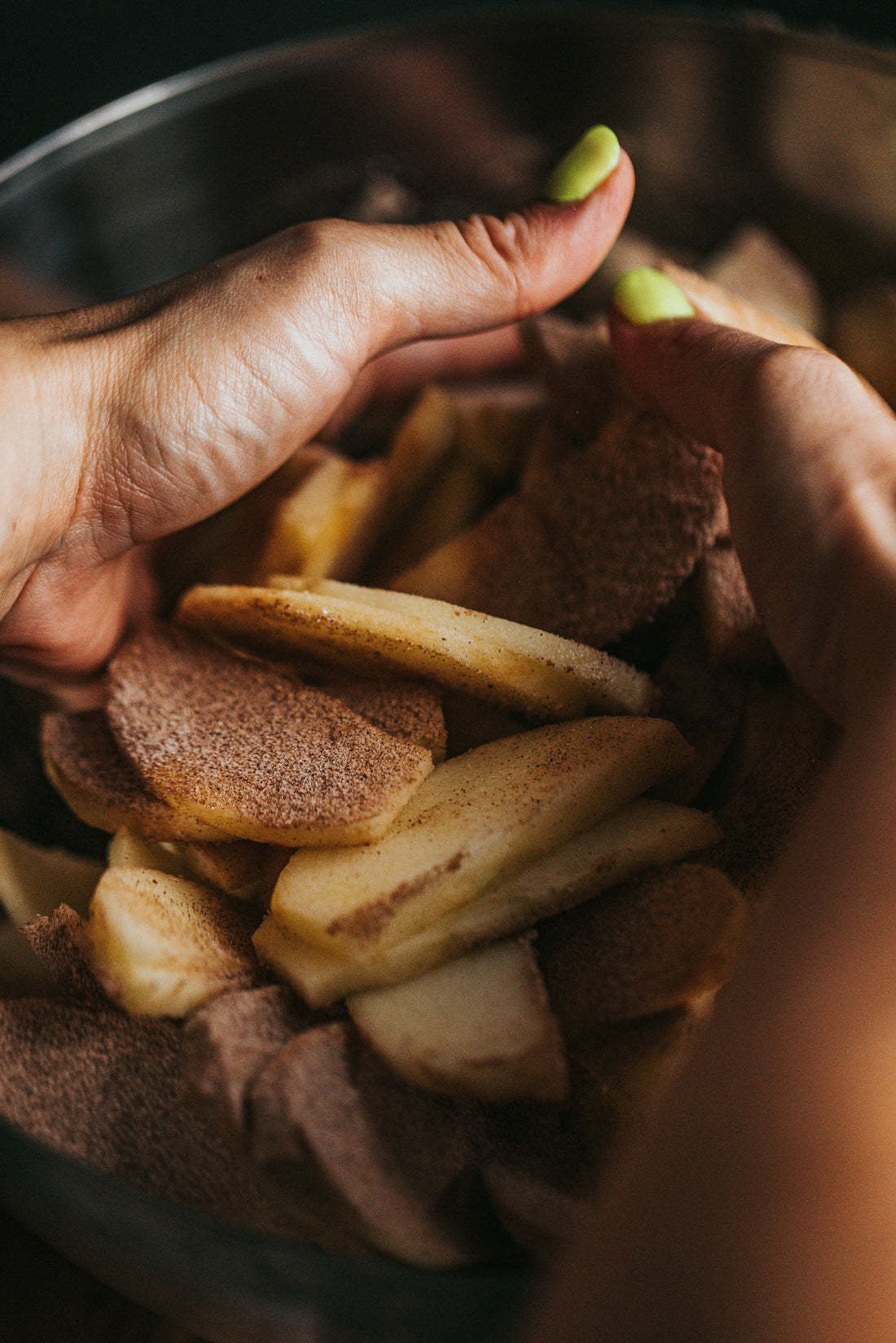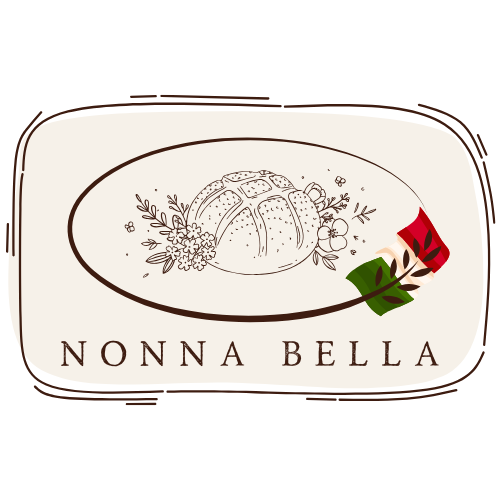
Top Sourdough Baking Tips for Beginners: Avoid Common Pitfalls
Diving into the world of sourdough baking can be both exciting and intimidating, especially for beginners. With the plethora of techniques and terminologies around sourdough starter, homemade sourdough, and sourdough fermentation, it's easy to feel overwhelmed. However, with a little guidance, you can create delectable, crusty, and healthy bread. In this blog post, we will explore some valuable sourdough baking tips to help you sidestep common pitfalls.
Understanding Sourdough Starter
The heart of sourdough baking lies in the sourdough starter. This is a mixture of flour and water that captures wild yeast and lactic acid bacteria from the environment. These microorganisms engage in wild yeast fermentation, providing the distinctive tangy flavor and chewy texture of sourdough bread.
How to Feed Sourdough Starter
Feeding your sourdough starter is akin to nurturing a pet. You’ll need a regular sourdough starter feeding schedule. Typically, you'll feed it with equal parts flour and water every 12-24 hours, depending on the temperature and the specific needs of your starter.
Sourdough Starter vs Yeast
Unlike commercial yeast, sourdough starter comprises natural wild yeast and bacteria that require nurturing. This contributes to a more complex flavor and texture, offering benefits over traditional yeast in terms of gut health and digestibility. Visit Italian Sourdough to learn more about starting your sourdough journey.
Sourdough Starter Troubleshooting
Keeping a sourdough starter can be tricky. Common issues include it being too runny, not rising, or developing an off smell. Regular feeding and using filtered water can help maintain its health.
How to Store Sourdough Starter
If you’re not baking regularly, storing your starter in the fridge can save time and resources. For long-term dormancy, keep it covered, and feed it weekly to ensure it remains active.
For beginners, I recommend the Sourdough Starter Kit 24 Oz Sourdough Container Silicone Spatula Thermometer Lid to help manage and measure your starter efficiently.
Crafting Your First Sourdough Bread Recipe
Creating your own sourdough bread recipe is an art that becomes easier with practice. When practicing at home, consider using a Silicone Baking Mat for a non-stick surface and easy cleanup.
Sourdough Fermentation Process
Fermentation is key in sourdough baking, offering both flavor and texture. Remember that time, temperature, and hydration are crucial factors. A longer rise at a cooler temperature can yield more complex flavors.
How to Get a Crispy Sourdough Crust
For that perfect, crispy crust, steam is essential. Either place a shallow pan of water at the bottom of the oven or mist your dough before baking. High oven temperatures also help achieve that desired crunch.
How to Shape Sourdough Bread
Shaping your dough correctly ensures an even crumb and attractive loaf. Techniques vary, but generally involve folding and building surface tension. Check out videos for visual guidance.
Best Sourdough Scoring Techniques
Scoring not only aids expansion in the oven but also adds a touch of artistry to your loaf. Use a sharp blade for shallow cuts or a lame (a baker's blade) for more control. Unique designs can be both rewarding and expressive.
Sourdough for Special Diets
Many people are turning to sourdough for its nutritional benefits. Compared to regular bread, sourdough has a lower glycemic index, making it a better option for diabetics. The fermentation process breaks down gluten, potentially improving digestibility for those sensitive to gluten.
Exploring Sourdough Beyond Bread
While sourdough bread is a staple, the possibilities extend far beyond. From sourdough pizza dough to sourdough bagels, the unique flavor can enhance many recipes. Don’t forget to use your sourdough discard creatively in pancakes or crackers.
Italian Sourdough Bread
Italian sourdough brings in the classic robust aroma and taste that Italian culinary arts are renowned for. It's a testament to how fermented doughs have influenced cultural bread traditions worldwide.
Tools of the Trade
The right tools can make all the difference in artisan bread baking. Consider these essentials:
- Fermentation Basket: A Round Bread Rattan Fermentation Basket helps shape the loaf and supports even fermentation.
- Baking Mat & Liner: These prevent sticking and ensure an even bake, such as the Non Stick Silicone Baking Mat.
Conclusion
Embarking on your own sourdough journey can be fulfilling and delicious. With the right sourdough baking tips, you'll not only avoid beginners' pitfalls but also unlock the full potential of artisan bread baking. Happy baking!
For more information and to explore various products that enhance your sourdough experience, visit Italian Sourdough.
This blog post delves into the essentials of starting with sourdough, from feeding your starter to baking techniques, while steering clear of prohibited terms. It links relevant products tailored for users' convenience, appealing to beginners and enthusiasts alike.
